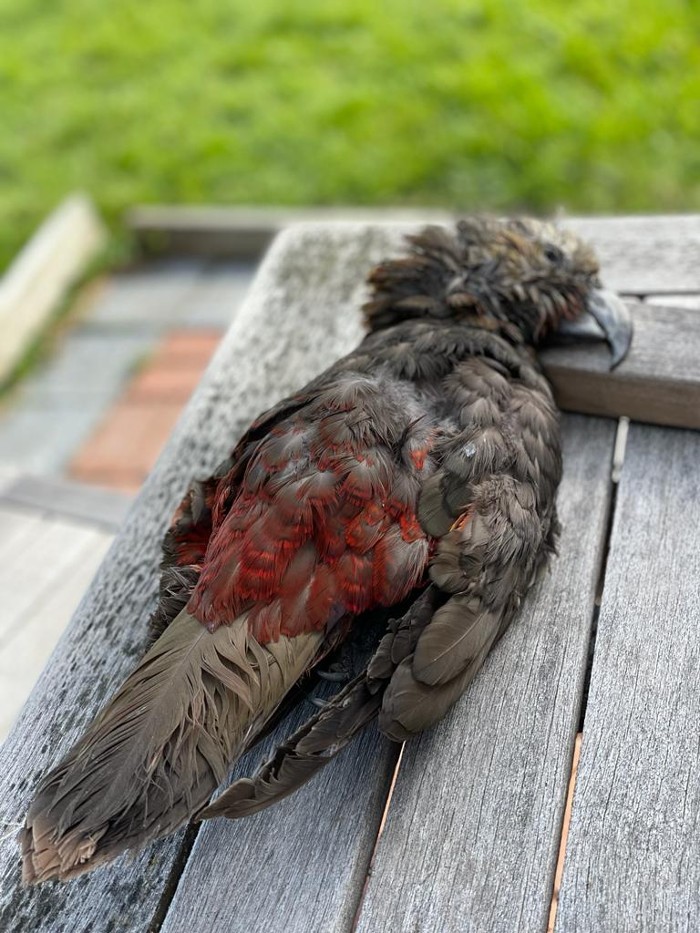Rare native bird found dead in Maniototo
Rowan Schindler
20 October 2021, 5:00 PM
 A rare native kākā was found dead in Maniototo recently, far from its typical beech forest habitat. Photo: Wikipedia Commons.
A rare native kākā was found dead in Maniototo recently, far from its typical beech forest habitat. Photo: Wikipedia Commons. A kākā has been found dead in the Maniototo, far from its known habitat, prompting enquiries by authorities.
A threatened species, kākā are not known to exist in Central Otago. A Department of Conservation (DoC) spokesperson confirmed the identification to The Central App and said the organisation will ask questions as to why the bird was in the area and if other populations exist.
“A dead kākā was recently found in the Ida Valley, Maniototo,” the spokesperson said.
“Kākā typically inhabit large, forested lowland areas so it is surprising to find one in this area.
“The remains will be sent for necropsy.”

The dead kākā, found in the Ida Valley. Image contributed.
According to DoC, Kākā require large tracts of forest to survive. Habitat loss from forest clearance for agriculture and logging have had a devastating effect.
Browsing by introduced pests such as possums, deer and pigs has reduced the abundance of food.
Possums also eat the same kind of food as kākā, most significantly, high energy food types such as endemic mistletoe and rātā.
Introduced wasps compete with kākā for the shimmering honeydew (excreted by scale insects) which forms on the barks of beech trees.
Both the mistletoe and honeydew supply sugary food which is an important part of the bird’s diet, and may be essential for it to breed in some beech forests.
Having evolved in the absence of mammalian predators, kākā have many characteristics that make them easy prey.
Kākā nest deep in hollow trees, where there is no escape if they are cornered by predators such as stoats, rats and possums (which eat chicks and eggs).
Young birds often leave the nest before they can fly, making them vulnerable to predators. Nesting females are the most vulnerable to stoat attacks, resulting in a disproportionate male/female sex ratio.
Projects underway to help maintain a viable population of South Island kākā in the beech honeydew forests of the northern South Island.
In 2015 Project Janszoon and DOC began releasing kākā into Abel Tasman National Park. With the help of volunteers, the partnership plans to release and monitor up to 100 kākā in the future.
Kākā is at risk from a predator plague caused by high levels of seed production ('beech mast'). Tiakina Ngā Manu protects kākā and other native species from predators.
For more info on kākā visit the DoC website here.


